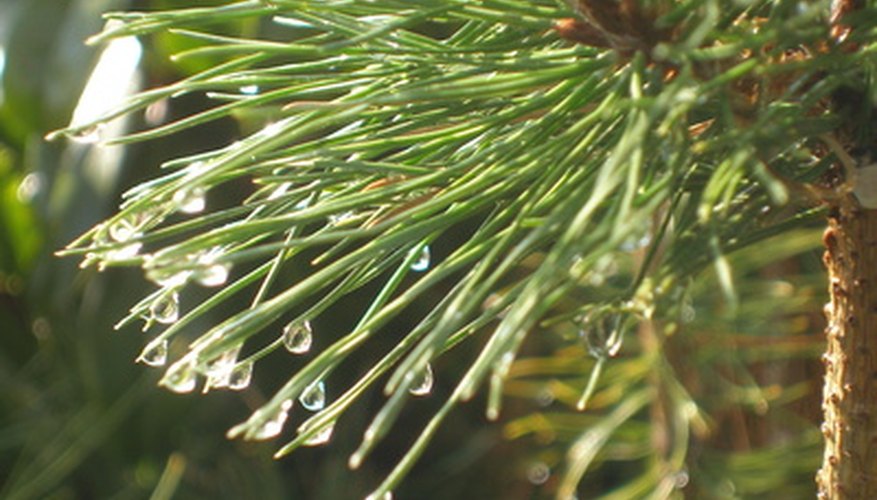Conifers and flowering plants both produce seeds, but they are classified as completely different types of plants. While conifers are always trees (although some may appear to be shrubs), flowering plants can be trees, succulents and even grasses. However, there are several specific differences between the two that scientists use to tell them apart if there is ever any doubt.
- Conifers are known as gymnosperms (as opposed to angiosperms).
- Flowering plants, on the other hand, produce a variety of fruits, which are more complex structures designed to protect and fertilise the seeds inside.
- (
Cones vs. Fruits
Conifers are known as gymnosperms (as opposed to angiosperms). They produce their seeds in cones, which are woody structures that get their name from their common shape, although their size and colour can vary widely. Conifers produce these cones and do not produce any fruit. Flowering plants, on the other hand, produce a variety of fruits, which are more complex structures designed to protect and fertilise the seeds inside. (Vegetables and other seeds also count as fruit.)
- Conifers are known as gymnosperms (as opposed to angiosperms).
- Flowering plants, on the other hand, produce a variety of fruits, which are more complex structures designed to protect and fertilise the seeds inside.
- (
Sexual Differentiation
Conifers and flowering plants both have male and female components, but they differ in how they produce them. Conifers have two types of cones: male and female. The female cones are the larger and more noticeable, while the male cones are small and hard to notice. Flowering plants do not always have this differentiation. Some have male and female components in one flower, while others might have separate male and female flowers on one plant or produce only male or female plants.
- Conifers and flowering plants both have male and female components, but they differ in how they produce them.
Durability
Flowering plants are largely seasonal. They produce fruit annually and the seeds are easily spread. Conifers are more long term. They may produce cones, but this does not mean they will be fertilised and drop seeds every years. Some cones last for years before opening and dropping their seeds. They react to temperature changes and might wait until a long dry spell to react.
- Flowering plants are largely seasonal.
- They may produce cones, but this does not mean they will be fertilised and drop seeds every years.
Dispersal Methods
Dispersal methods are how seeds are moved from the parent plant and to a place where they take root. Conifers and flowering plants share several common methods of dispersal. They both often use wind to spread seeds and pollen, and they both use animals attracted to the seeds. However, conifers tend to be more limited in their methods and cannot produce the strong seed-shells or the floating seeds that flowering plants can.
- Dispersal methods are how seeds are moved from the parent plant and to a place where they take root.
- However, conifers tend to be more limited in their methods and cannot produce the strong seed-shells or the floating seeds that flowering plants can.
